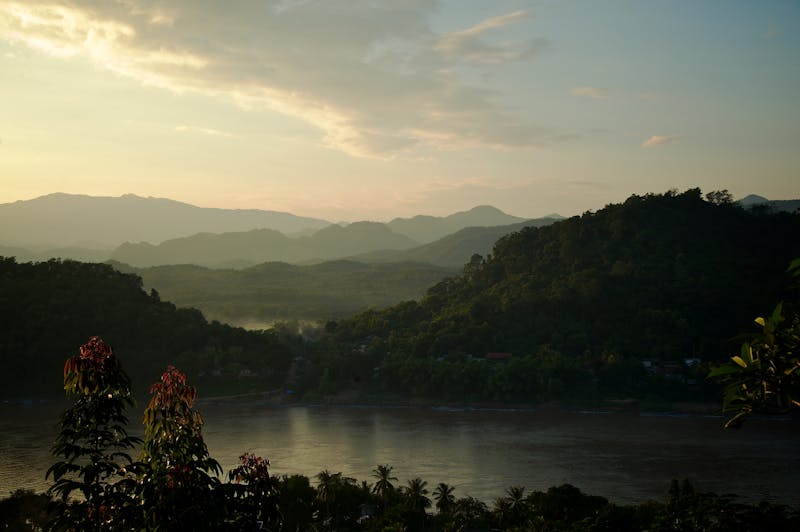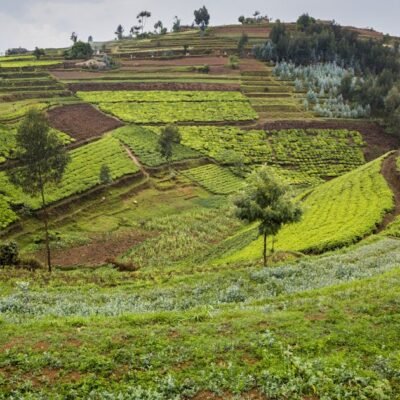Alarm bells screamed for nature in 2024.
Each week seemed to bring fresh warnings of the loss of wildlife, habitat destruction and the escalating impacts of climate change.
But amid the gloom, quiet victories emerged, as ordinary people made extraordinary progress for nature. This year, Conservation News highlighted unlikely partnerships bringing wildlife back from the brink, communities finding innovative ways to co-exist with nature, and new efforts to revive ancient practices and Indigenous traditions that sustain the nature we all need to thrive.
Here are a few highlights:
In 2020, wildlife conservancies in Kenya — protected areas owned and managed by Indigenous People — teetered on the edge of collapse. But from that crisis emerged something remarkable: a new model for conservation that not only saved these conservancies but could hold the key to protecting Africa’s most endangered wildlife, in Kenya and beyond.
Hidden deep in Southeast Asia, the Central Cardamom Mountains are a sanctuary for some of the region’s rarest wildlife. Long considered a vital refuge, a groundbreaking new camera trap study revealed just how crucial this area truly is. With data in hand, researchers hope their findings will help expand protections and curtail the growing threats of poaching and deforestation.
In the small fishing community of Topón in southern Mexico, deforestation and climate change were causing shrimp yields to plummet, threatening the livelihoods of its people. Faced with this crisis, the community turned to an unlikely ally: crocodiles. Despite a natural fear of these predators, the community began to recognize their role as wetland engineers — capable of aerating the water, improving oxygen levels, and, just maybe, bringing the shrimp back.
Deep in the bush of Mozambique’s Limpopo National Park, counter-poaching experts monitor a long, porous border with South Africa, where poachers kill a thousand rhinos annually for their horns. With new technology deployed by Conservation International, these teams have made headway disrupting poaching networks. But success brings its own challenges. As lions, elephants, cheetahs and African wild dogs return to the park, the communities living on its edges face new threats to their livelihoods.
Bolivia once had one of the highest per capita deforestation rates in the world. But today, small towns are defying the odds, passing laws to protect vast stretches of the Amazon rainforest. Together, they’re creating a conservation mosaic that has linked millions of hectares of protected land. What’s fueling this remarkable shift? It all comes down to one surprising hero: the Brazil nut.
Upstream dams on the Mekong River — the lifeblood of Southeast Asia — are jeopardizing livelihoods along its banks and endangering some of the world’s rarest freshwater fish with extinction. Yet there is still time to reverse the damage to the river — if countries work together.
Will McCarry is a staff writer at Conservation International. Want to read more stories like this? Sign up for email updates. Also, please consider supporting our critical work.









